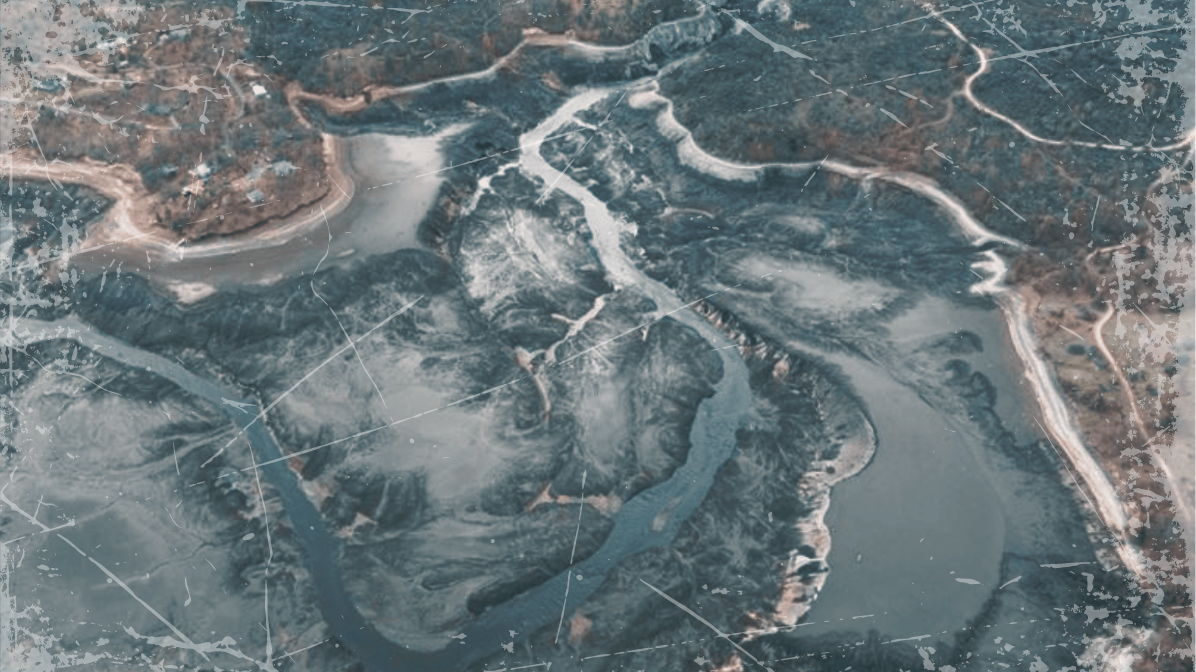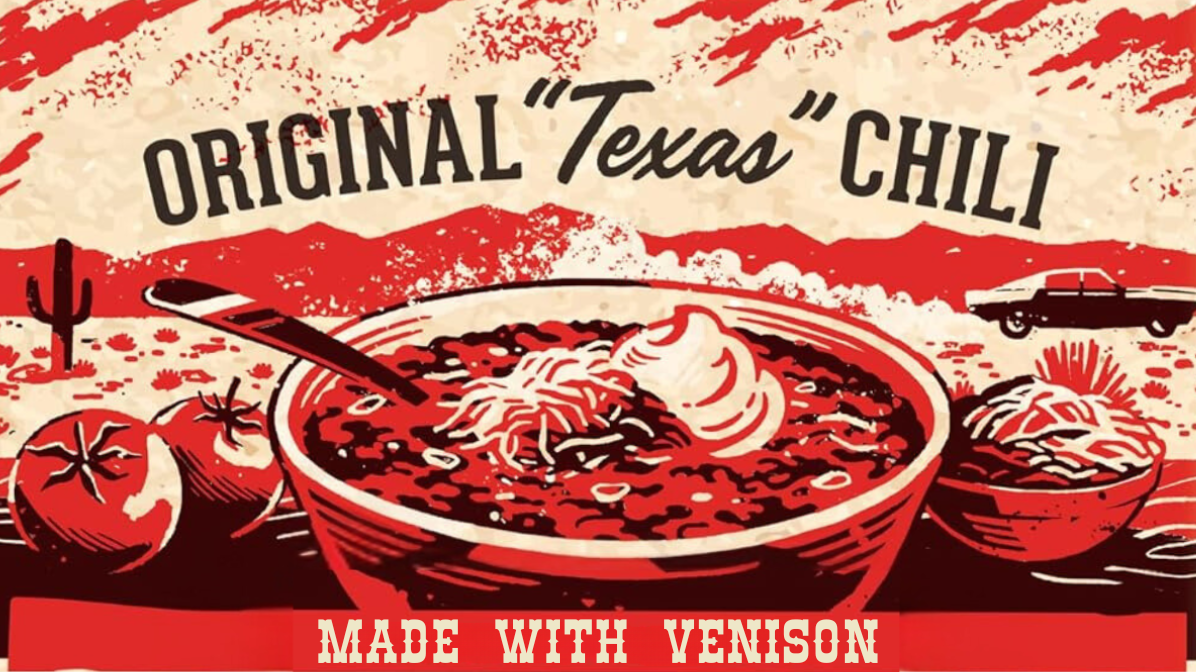California Dam Removals: Rebirth of a River and Community

California Dam Removals: A River Reborn, a Community Left Struggling
SISKIYOU COUNTY, Calif.—The Klamath Dam Removal Project, the largest of its kind in the nation's history, nears its end. The aftermath? It’s a mixed bag—equal parts celebration and despair.
The victors, those who spent decades fighting for the river’s freedom, cheer as the four dams come down. But on the other side, there is a bitter sting. Locals and landowners lament the loss of the man made lakes, which once drew tourists, campers, water skiers, anglers, and boaters. They see more than just water vanishing; they see livelihoods drying up. Wildlife, they argue, suffers too, and the emptying reservoirs may only add to the wildfire risk.
For years, environmental groups and the local tribes have pushed to break the dams along the Klamath River, saying they choked the river’s life and blocked the salmon from their ancient spawning grounds. The river, stretching 263 miles and draining a 12,000-square-mile basin, flows from its Oregon headwaters, crosses the California-Oregon border, and spills into the Pacific south of Crescent City.
The dams—John C. Boyle, Copco 1, Copco 2, and Iron Gate—have stood since between 1911 and 1962. Now, their demolition, slated for late August, marks the end of an era. The Klamath River Renewal Corp. (KRRC) oversees the project. This nonprofit coalition, with its 15-member board, pulls in representatives appointed by the governors of California and Oregon, members from the Karuk and Yurok tribes, fisheries groups, and several environmental organizations.
The project’s goal is simple but bold: to restore over 400 miles of historic spawning habitat for salmon, steelhead, and lamprey. By breaking the dams, they aim to end the stagnant reservoirs that heat up each summer, fostering algae growth and disease in the fish. With the river free, they hope to give nature the room it needs to heal.
Local Residents Grapple with Loss of Livelihood and Heritage

Chrissie Reynolds stood by her family’s cabins in Northern California, staring out over the Klamath River. Copco Lake used to be there, teeming with life. Now, it's gone, just mudflats where water once sparkled. She felt the weight of it, the sadness. "This was where our family lived for decades," she said. "Four generations came here. We watched the sunset from this spot. It would light up the whole lake."
Now, the cabins are hundreds of yards from the river, and the lake is just a memory. They drained the reservoir at Copco 2 Dam last fall. The loss cut deep. The local economy and recreation crumbled. Jobs vanished. “This lake was beautiful,” she said. “White pelicans filled it this time of year. Now, only fishbones and crawdad shells are left in the mud.”
It was once a haven for tourists, a place for boats and water-skiing, a place where fishermen caught bass, crappie, and perch. Now, it’s a scar. “It’s not repairable,” she said. “You can’t put the genie back in the bottle. The wildlife, the boating, it’s all gone.”
Driving the dry shoreline, she pointed to where deer got trapped in the mud and where fishing guides used to park. The toll on her was heavy. She struggled to be a mother, a wife, and still fight this fight.
Her family’s roots ran deep here. Her Japanese American ancestors, once taken from their homes and placed in internment camps during World War II, returned to California after the war. Her uncle saw an ad for Copco Lake—a sportsman’s paradise—and bought one of the first A-frame cabins in the '60s. "I grew up here," she said. "Every summer, every school break. This was my home."
Toxic Consequences
The locals feared the heavy metals and toxins washed downstream when the dams came down. They had hoped for a slow release, not the sudden rush of sediment that tore through the river. "Nobody was prepared for that," Reynolds said. "The dams used to act like settling ponds. Now all that muck is in the sediment, and it came our way."
KRRC planted trees, grasses, and other plants across the basin to stop it from turning into a dust bowl. But Reynolds worried. When the mud dries, the dust could turn toxic and fill the air. Parts of the lakebed now bloom with green, but other parts look dead, like a moonscape.
William Simpson, an ethologist who studies wild horses, said they should have fenced off the river and set up other water sources for the livestock and wildlife before the dams came down. They didn’t. A colt got trapped in a crevice between cracked clay pillars and died. "This little baby boy was about a month old," Simpson said. He showed photos of the remains. He’d seen other dead animals too. The crevices were deep, two to five feet, and narrow, only six to eighteen inches wide.
The dams came down, and the river roared. A torrent, heavy with clay, silt, sand, and gravel, carrying what Simpson called a “cocktail of toxic ingredients.” The water turned thick and cloudy, the oxygen levels dropped, and life in the river choked out. Crayfish, invertebrates—all gone. The clay settled on salmon nests, clogging their gills, smothering them where they lay.
Simpson called on the government to look hard at Klamath before more California dam removals. “Deep due diligence,” he said. They needed it.
The KRRC said the dams were only for power, not for flood control, not for irrigation. But Rex Cozzalio, who ranches five miles downstream of the Iron Gate Dam, saw it differently. The dams had steadied the river during dry months. Now, he can barely pump water for his land; sediment and clay clog his pipes.
Cozzalio showed up to meetings, historical records in hand, talking of how the dams helped the region, the wildlife. They didn’t listen. They only talked about fish. “When they breached that dam, everything living in the river died,” he said. “Fish included.”
The free river wasn’t what they expected. The lakes had supported life. Now, without them, animals were struggling. The food chain had broken. The wildlife turned desperate, aggressive. Cozzalio’s neighbor called one day—a mountain lion sat on a rock by the deer fence, watching. Wild horses, skunks, raccoons, and opossums clustered by the few places they could reach the water. And the waterfowl? They were almost gone.
Water Quality Concerns
The agencies didn’t bother with heavy metal tests. Said there was no need, the levels were too low to matter. That’s what the KRRC claimed. By June 14, they were saying the river was better now. The metals were clearing out, they said. Safe enough for swimming, irrigation, even drinking.

Mark Bransom, the man in charge at KRRC, tried to soothe the people. "The water’s getting better," he said. "Any metals in the sediment are gone. We hope this latest round of tests puts your worries to rest."
But back in March, the Siskiyou County Department of Natural Resources found something else. Four point three million tons of sediment built up in those reservoirs over eighty years. Most of it in Copco Lake. The county declared a state of emergency. Tests came back with high levels of arsenic, lead, aluminum, nickel. Told folks not to drink or touch the river water. The sediment had damaged a watershed that was already on its knees.
KRRC knew there’d be trouble when they started taking down the dams. They expected sediment flows, fish dying off. Bransom admitted it. Said they knew 5 to 7 million cubic yards of sediment would wash downstream. "It’s all part of the plan," he said. "Temporary effects, within what we expected."
Dave Coffman, a geoscientist, talked about the fish. Perch, crappie, bass—he said they didn’t belong in the river. "We knew they wouldn’t make it," he said. No one tried to save them. "They shouldn’t have been here in the first place," he added.
Jim Leach lived along the river. Showed jars of murky water he scooped up from his backyard. In February, he found dead fish and crawdads on the bank. Tests showed toxins. In March, the Fish and Wildlife folks reported 830,000 Chinook salmon fry dead. Said it was likely “gas bubble disease” from passing through the tunnel above the old Iron Gate Dam.
KRRC holds to their line. They say the river’s on the mend. But the people, they’re not so sure. They’ve seen enough to be wary.
Indigenous Fishing Rights
Craig Tucker, a natural resources policy consultant for the Karuk Tribe, spoke plainly about the dam removal. “People are excited to see this river come back to life,” he said. The tribes had waited a long time for this.
For years, fisheries biologists and the tribes agreed that the dams were the main obstacle to the salmon’s return. Tucker dismissed the idea that overfishing or gill-netting was to blame. “The tribes have fished here sustainably for 10,000 years,” he said. “The fish started disappearing a hundred years ago. It doesn’t add up. The Klamath has suffered a death of a thousand cuts, like so many rivers.”

The Klamath fishery is tightly regulated, one of the most managed on the West Coast. Quotas are set by the Pacific Fishery Management Council. Gill nets are used, but Tucker pointed out, “every fish is counted,” and the fishery is “carefully managed.” The Yurok have the main in-river commercial fishery, using gill nets, while the Karuk use dip nets. Each tribe has federally recognized rights to net fish at the river’s mouth.
This year, though, things were different. The salmon runs were low, and commercial and sport fisheries were closed in both the river and the ocean. Tucker called the loss of juvenile salmon “a setback.” The hatchery learned its lesson, he said, realizing that sending them through the tunnel wasn’t working.
The Klamath, along with the Columbia and Sacramento, stands as one of the biggest salmon-producing rivers on the coast. The tribes know what’s at stake. They’ve been here long enough to understand it.
Salmon Habitat
Some said the salmon never swam past the dams, but Craig Tucker of the Karuk Tribe disagreed. He pointed to old photos and reports. “The evidence is overwhelming,” he said. With the dams gone, the tribes expect the salmon to push upstream, to waters they haven’t reached in generations.

Overfishing was blamed, but Tucker didn't buy it. “The tribes have fished here for 10,000 years,” he said. “The decline started a hundred years ago. It's not overfishing. It’s a death by a thousand cuts—habitat loss, predators, ocean changes.”
Back in 1846, explorer John C. Fremont found salmon as far as Klamath Falls. Their nature is to swim upstream and find spawning grounds. The KRRC says the fish will do just that now that the dams are gone. But Jonny Armstrong of Oregon State had his doubts. “It’s not just the dams,” he said. “Many factors are at play.” While the cold water from higher altitudes could help, he warned, “There’s not much suitable habitat up there.”
Rep. Doug LaMalfa wasn’t pleased. He worried about the loss of power and the hit to local tax revenue. The dams weren’t a big part of the grid, but they powered 70,000 homes. “Common sense needs to prevail,” he said. “The state should see the benefits of the dams.”
Governor Gavin Newsom saw it differently. He called the dam removal vital to restoring ecosystems and supporting tribal communities. California has spent over $800 million in three years to protect the salmon. “We’re closer than ever to revitalizing this river,” Newsom said.
*This story about the Calfornia dam removals draws inspiration from the Epoch Times article, "California Dam Demolitions a Victory for Some, Devastation for Others," originally published on August 7, 2024.



